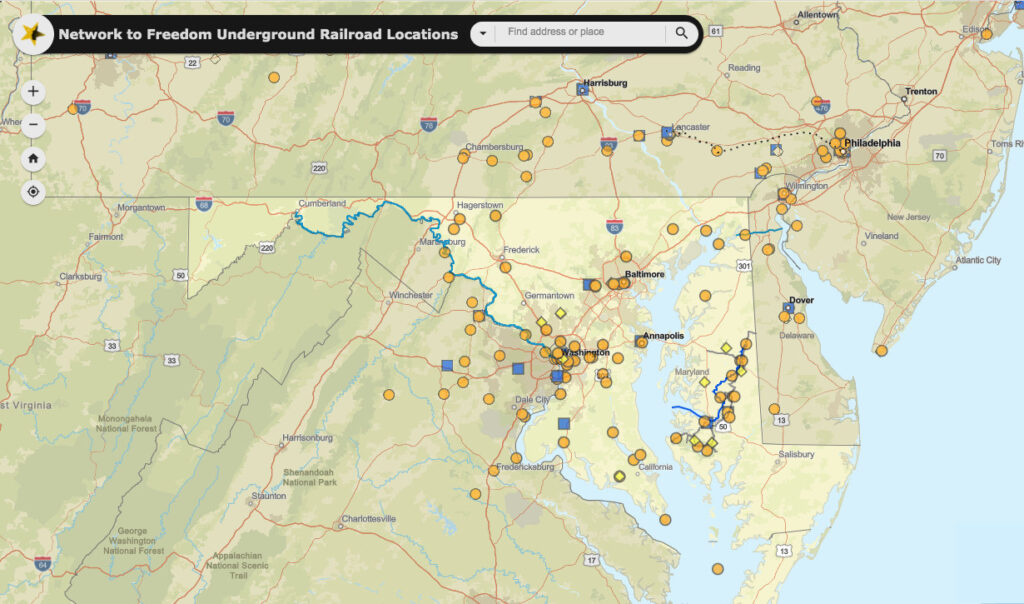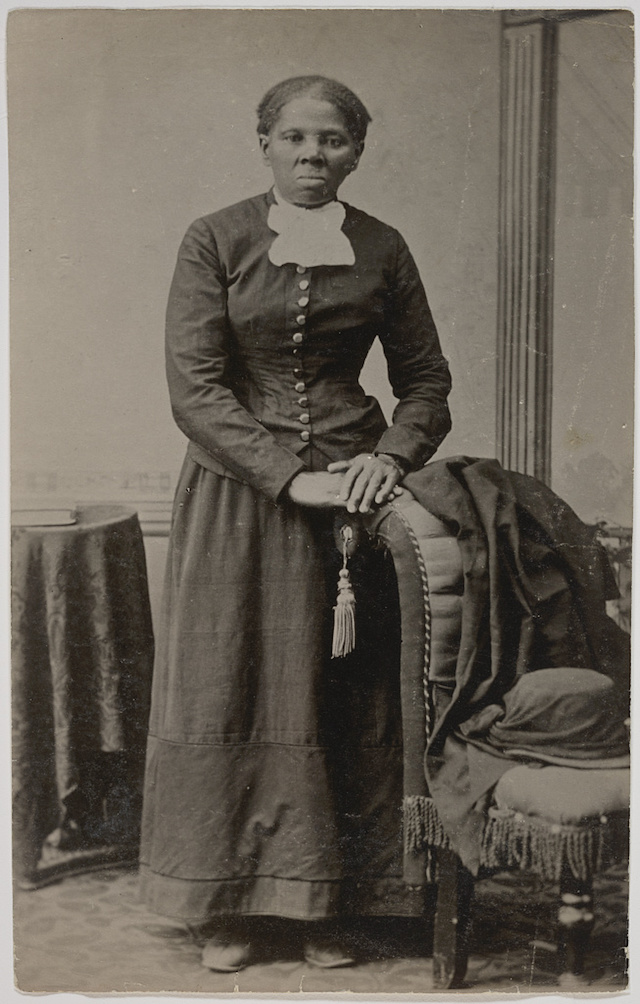Harriet Tubman
A fighter, rescuer and... naturalist
An African American woman who conducted dozens of successful rescues—estimates range from 13 to 19 separate missions— over 11 years that brought around 70 enslaved people to freedom during the antebellum era, Harriet Tubman was an expert rescuer. Most of Tubman’s missions started by aiding runaways who were enslaved in rural Maryland and helping them reach freedom in diverse places like Philadelphia, the state of New York, and Canada.

Tubman herself was originally enslaved in rural Maryland, which is why most of her rescue missions began in Maryland. She initially rescued her family members after she had escaped herself. Tubman’s origins in Maryland also in part explain how she was able to lead so many successful missions. She had to know the natural surroundings she was navigating extremely well and also know how to use and manipulate them to her advantage.
To have traveled hundreds of miles (mostly on foot) to and from Maryland’s shores without ever getting caught by an enslaver, Tubman was an expert navigator, fighter, traveler, and networker. She was all these identities and more, but in context of helping over 70 enslaved people run away from slavery, she was especially an expert naturalist.
Click below to hear from a number of experts on Tubman’s adaptation to her surroundings:
Rita Daniels
Great-great-great-grandniece of Harriet Tubman [1:46]
Pauline Copes Johnson, great-great-grandniece of Harriet Tubman, conversing with Rita Daniels [0:52]
Chris Haley
Director of the Maryland State Archive’s Study of the Legacy of Slavery in Maryland [1:20]

Cite this page › Chicago Style
Brannan, Laura. “Harriet Tubman: A fighter, rescuer and… naturalist.” The Enslaved Naturalist. John Mitchell, Jr. Program for History, Justice, & Race: Digital Museum. November 1, 2021. [this-url]